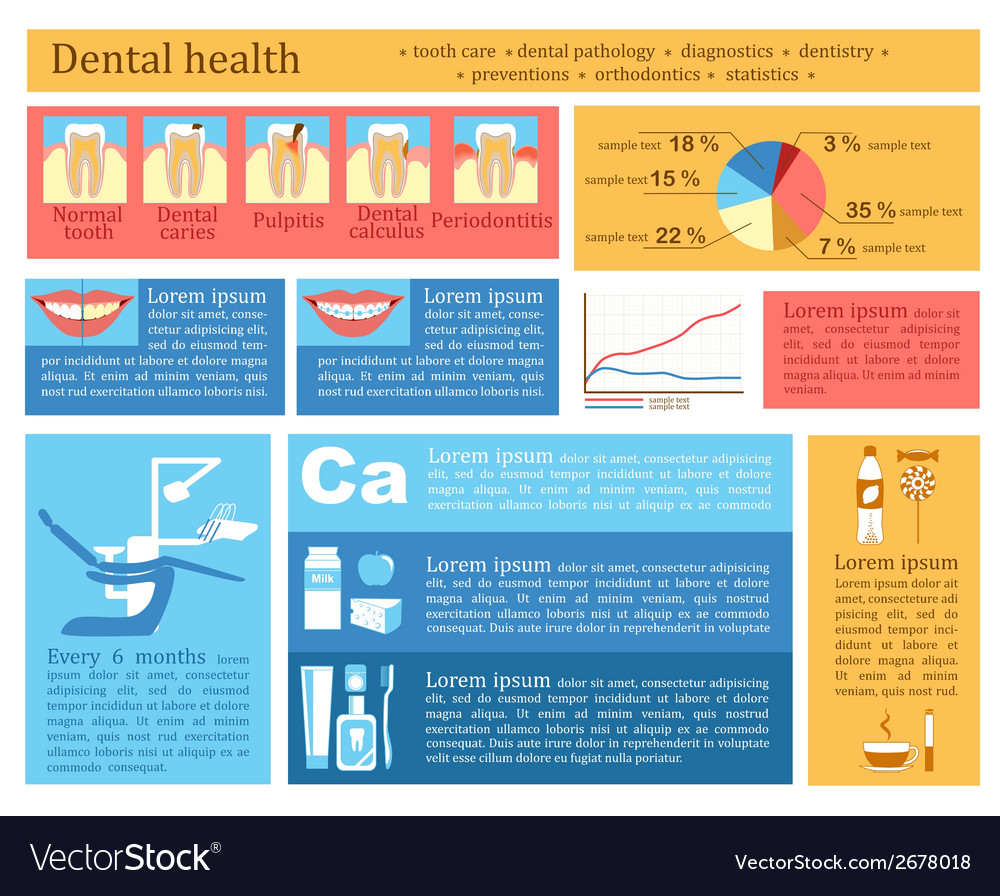The Future Of Oral Surgery: Technologies And Developments Shaping The Field
The Future Of Oral Surgery: Technologies And Developments Shaping The Field
Blog Article
Web Content Develop By-Jama Mccall
Welcome to the globe of oral surgery, where developments and breakthroughs are forming the future of the field! In this interesting realm, you'll witness the transformative power of robotics, the innovative wonder of 3D printing, and the game-changing influence of minimally invasive methods.
The future of dental surgery holds a pledge of precision, performance, and improved patient results. With the help of innovative robotics, doctors have the ability to execute intricate procedures with greater precision and control.
3D printing technology is revolutionizing the development of oral implants and prosthetics, using tailored options that fit seamlessly right into each client's distinct composition.
Additionally, minimally invasive techniques are lowering post-operative discomfort and recuperation time, allowing individuals to return to their lives faster.
Prepare yourself to discover the exciting developments and advances that are improving the landscape of oral surgery!
Advancements in Robotics
One significant improvement in oral surgery is using robotic technology, which enables specific and efficient surgical procedures. With the help of robot systems, dental doctors have the capability to carry out complex surgical procedures with enhanced accuracy, reducing the threat of human error.
These robotic systems are outfitted with innovative imaging modern technology and accurate instruments that allow cosmetic surgeons to browse with intricate physiological structures easily. By using robotic innovation, surgeons can achieve greater medical precision, resulting in improved individual end results and faster recovery times.
Additionally, making use of robotics in dental surgery enables minimally invasive procedures, minimizing the injury to surrounding cells and promoting faster healing.
3D Printing in Oral Surgery
To improve the area of oral surgery, you can explore the subtopic of 3D printing in oral surgery. This innovative modern technology has the prospective to transform the means dental cosmetic surgeons run and deal with people. Right here are 4 essential ways in which 3D printing is forming the field:
- ** Customized Surgical Guides **: 3D printing permits the development of highly precise and patient-specific medical overviews, improving the precision and performance of treatments.
- ** Implant Prosthetics **: With 3D printing, oral surgeons can produce personalized dental implant prosthetics that completely fit an individual's special composition, causing much better results and client complete satisfaction.
- ** Bone Grafting **: 3D printing enables https://www.usmagazine.com/shop-with-us/news/nolipem-teeth-whitening-foam-amazon/ manufacturing of patient-specific bone grafts, minimizing the demand for standard implanting strategies and boosting recovery and recovery time.
- ** Education and learning and Educating **: 3D printing can be used to develop realistic surgical models for educational objectives, permitting dental doctors to practice intricate treatments before performing them on patients.
With its possible to improve accuracy, personalization, and training, 3D printing is an amazing development in the field of oral surgery.
Minimally Intrusive Methods
To additionally progress the area of dental surgery, embrace the capacity of minimally intrusive techniques that can significantly profit both doctors and people alike.
Minimally invasive techniques are changing the area by decreasing surgical injury, decreasing post-operative pain, and increasing the healing process. These strategies entail using smaller sized lacerations and specialized instruments to carry out procedures with accuracy and efficiency.
By making use of advanced imaging modern technology, such as cone beam calculated tomography (CBCT), specialists can properly prepare and carry out surgeries with minimal invasiveness.
Additionally, using lasers in oral surgery enables accurate tissue cutting and coagulation, causing lessened blood loss and decreased healing time.
With minimally invasive methods, patients can experience quicker healing, reduced scarring, and improved end results, making it an essential facet of the future of oral surgery.
dentusts , as you can see, the future of dental surgery is unbelievably appealing, with interesting developments and developments forming the area.
From dntist in robotics to the use of 3D printing and minimally intrusive techniques, dental specialists are reinventing the way they provide treatment.
While some may stress over the prospective expense associated with these developments, it is essential to keep in mind that these modern technologies eventually enhance person outcomes and reduce recovery time, making them well worth the investment in the long run.
